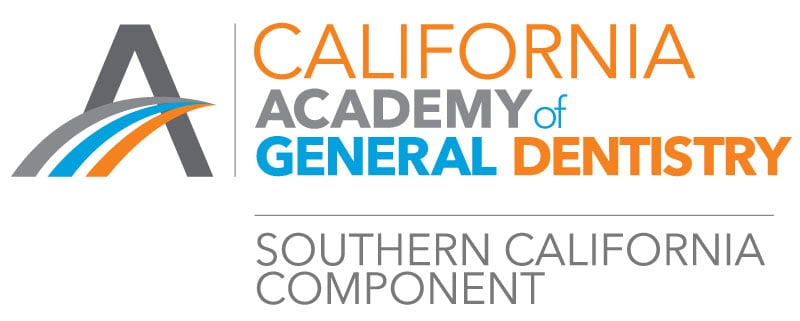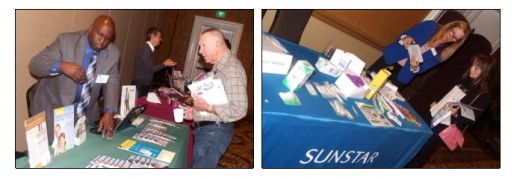- CAGD Position on Assembly Bill 1174 (Teledentistry under Medi-Cal)
- Adjuncts to Facilitate the Healing of Dental Extraction Sites
- Meet and Connect with Your CAGD 2014 Leaders
- CAGD 2014 Annual Meeting: Continuing education and fellowship
- Dealing with Common Management Problems in Dental Practices
The California AGD’s Position on Assembly Bill 1174 (Teledentistry under Medi-Cal)
Passed by the CAGD Board of Directors on 01/24/2014
The California Academy of General Dentistry’s position on AB1174 is to support, if amended as stated below:
The California Academy of General Dentistry (CAGD) believes this bill should focus on establishing teledentistry as a billable and reimbursable service in the Medi-Cal program. Also, to allow properly trained RDAs, RDHs, RDAEFs and RDHAPs to determine which radiographs to perform under the supervision of a licensed dentist.
Expanding the reach of licensed dentists into underserved areas, using the tools of teledentistry, is supported by the CAGD. HWPP172 demonstrated that the power of The Virtual Dental Home lies in allowing underserved and isolated patients to obtain a high quality dental examination by a licensed dentist. That way, patients with treatment needs can be identified, treatment plans can be developed and their treatment facilitated by putting patients in contact with appropriate dental providers.
AB1174 reaches far beyond The Virtual Dental Home’s dental outreach model demonstrated by HWPP172 by allowing ITR procedures, where decayed tooth structure is removed without local anesthesia, by non-dentists.
The CAGD believes that HWPP172 did not constitute a rigorous and scientifically sound analysis of non-dentists removing decayed tooth structure. Furthermore, California’s most vulnerable populations (children, the elderly, special needs persons) deserve high quality dental care with a bias towards patient safety.
The CAGD believes that the removal of decayed tooth structure is a surgical, irreversible procedure that should be done only by a licensed dentist.
The CAGD asks that the bill be amended by removing the ITR procedure.
(For further info about AB-1174, check the California Legislative Information website http://leginfo.legislature.ca.gov/faces/billNavClient.xhtml?bill_id=201320140AB1174 )
Adjuncts to Facilitate the Healing of Dental Extraction Sites
Henry E. Bennett, DDS, Oral Surgeon, Private Practice, Davis, CA
Assistant Clinical Professor, Oral and Maxillofacial Surgery, UCSF
Tissue building and repair require energy and resources beyond that needed for day to day functioning. Along with suitable surgical techniques and common post-operative care, the healing of dental extraction sites may be influenced by additional factors:
Good Dietary Intake
A good dietary intake with a focus on Omega 3 fats (flaxseed oil, fish oil), saturated fats (coconut oil) and proteins are helpful.
Multivitamins
Optimal titers of vitamins and minerals are core to the healing process. The bulk of these normally arrive from the diet. If there is an inadequate reserve in the patient’s system to meet the added demands of healing, supplementation would be prudent over 1-4 weeks. If tolerated the following adult doses may be useful:
A multivitamin
Vitamin D3 – 4000-5000 IU / day
Magnesium – 200-500 mg / day
Fish Oil – 2-4 grams / day (EPA in fish oil is anti-inflammatory).
Co Enzyme Q-10 – 300 mg BID or 100 mg BID (non-crystalline).
Rest
Daily schedules should be modified to allow for energy first to go to healing with other activities to follow. Restful and adequate sleep is central to the healing process. In adults without a cancer history 2-3 grams of Glycine before bedtime may improve slow wave sleep which could boost immune function. The use of 2-3 mg of Melatonin is another possible resource to improve sleep.
Relaxed Masticatory Matrix
A relaxed masticatory matrix aides healing. This can be facilitated with the preoperative and postoperative use of Xylitol nasal wash (Xlear). Five squirts to each nostril then clearing the nose. Xlear nasal wash could be used every 5-10 minutes as needed, it is structural, not pharmaceutical. A 1-2% increase of the nasal caliber will allow the nose to have a greater role in providing oxygen to the brain which will relax the mouth. Additionally, incoming air through the mouth will dry the oral mucosal surfaces. This decreases the activity of oral bacteriophages which appear to function as a back up to the immune system.
Patient’s frame of mind
The patient’s frame of mind, such as stress reduction and focus on positivity, may influence the course of healing. Psychoneuroimmunology is the inter play of brain chemistry and immune function which now includes the action of bacteria in the body.
Using Probiotics When Antibiotics Are Indicated
With the current understanding of the microbiome, if antibiotics are utilized, the concomitant and follow up use of probiotics is clearly indicated. This helps to reduce the risk of antibiotics associated GI side effects such as pseudomembranous ulcerative colitis, and consequently allows for the safer use of antibiotics. There are many probiotic products on the market. One that includes Acidophilus and Bifidus bacteria would be the best recommendation. There are also probiotics for the mouth (Streptococcus salivarious) that are commercially available and might be useful for patients with a history of dry sockets. Probiotics are best used preoperatively and postoperatively once a day, 2 hours before or 2 hours after an antibiotic dose.
Meet and Connect with Your CAGD 2014 Leaders
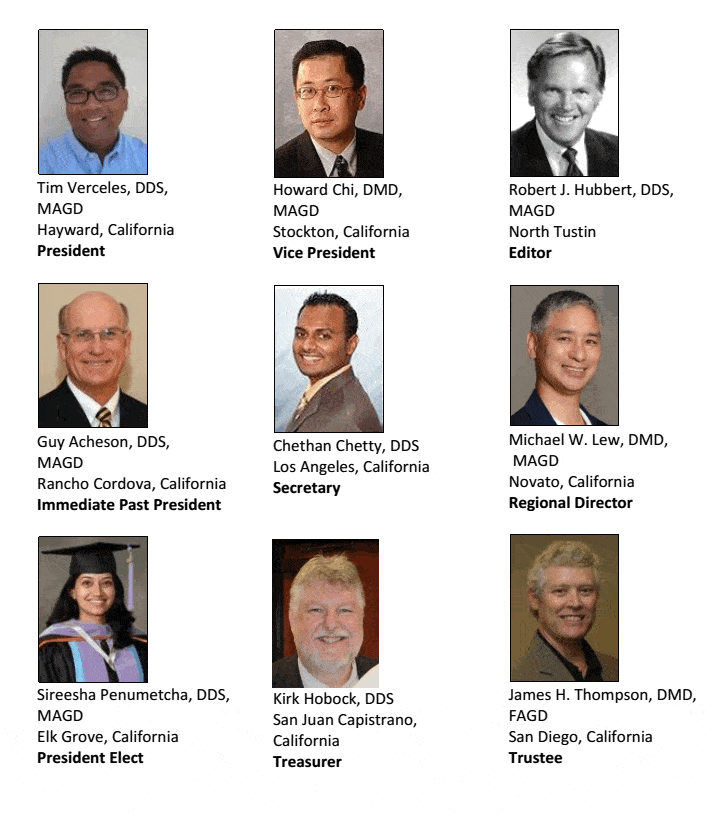
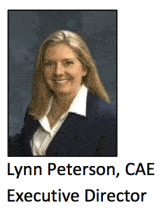
Contact your CAGD leaders at administrator@cagd.com
Toll Free: (877) 408-0738
Local: (925) 679-9793
2063 Main Street, #418,
Oakley, CA 94561-3302
CAGD 2014 Annual Meeting:
Continuing Education that Meets the Needs of General Dentists and Fellowship
The CAGD 2014 Annual Meeting was held on January, 25-26 at the Fairmont Hotel in Newport Beach.
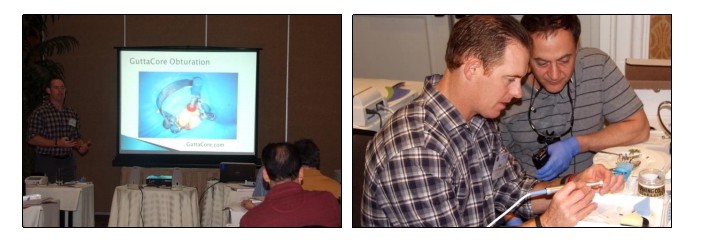
Current Scientific Evidence in Endodontic Therapy, Lecture and Hands-on with Dr. Reid Pullen
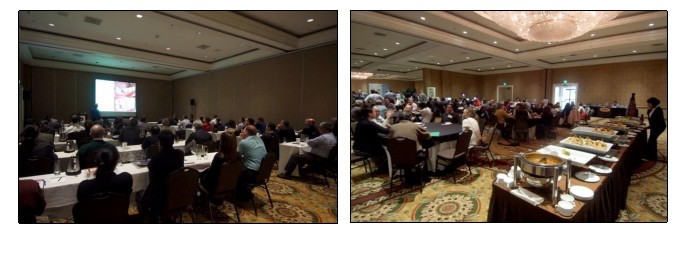
Restorative Dentistry with Dr. Jack D Griffin Fellowship during lunch
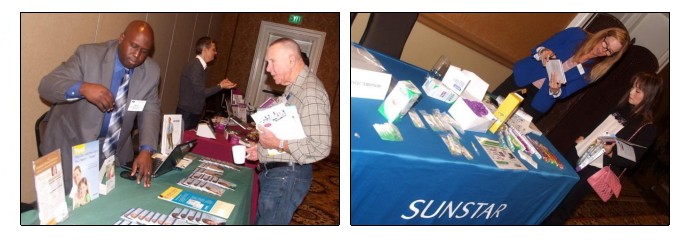
Exhibitors with passion and commitment to education
Dealing with Common Management Problems in Dental Practices
Kerry and Olivia Straine
The average dentist spends four years in dental school and many years in practice mastering the intricate art of dentistry. The typical graduate has attended only one or two business related courses to learn how to own and operate a successful dental practice. This lack of business education leaves many dentists vulnerable to estrangement from their staff and patients, erosion of their enthusiasm for dentistry, and ultimately economic loss.
https://ivrnethosting.com/caagd/clientuploads/GPNewsFlash Archives/Issue 11 Feb 2014/Olivia&KerryStaine.jpg
Kerry and Olivia Straine
Some of the common management problems faced within dental practices are:
1. Staff- related: Lack of motivation, implementation issues, staff conflict, hiring and firing, disorganization at the front desk, resistance to change
2. Missed Appointments and Schedule Openings
3. Lack of New Patients
4. Leadership Issues: The doctor is unable to direct and motivate staff to achieve practices goal
5. Poor Treatment Acceptance
Without the definition of why a dental practice exists, what dentists and their staff are supposed to do, and how to do it, dentists put at risk their economic and emotional capital, and their enthusiasm and energy wane. Dentists can achieve excellence, build a practice with integrity, and love practicing dentistry when they make the commitment to defining why a practice exists. The business owner who operates without a mission, without a vision, without a strategic plan, without clear objectives, without performance expectations and measurement tools, and most of all, without a moral compass struggles to become “successful. Faced with such challenges, dentists have many tools at the tips of their fingers, such as:
1. Staff Problems – Consider the behavioral qualities of the person needed to do a particular job in addition to the technical skills. This means focusing on “how will someone act” in order to achieve the outcome you want. These are steps every business owner must take, whether one is starting a practice from scratch or purchasing an existing practice. As you’ve learned, making assumptions that people will know how you expect them to behave is costly and sometimes even catastrophic.
2. Missed Appointments – Behavior depends largely on the consequences of past and present behavior. If the consequences are rewarding, the odds are great that the behavior will be repeated. To put it simply, you get more of the behavior you reward, which may seem paradoxical to you. You may think it makes more sense to punish people when they make “mistakes,” or missed appointments but, as behaviorists know, negative reinforcement is a highly ineffective strategy. Complimenting patients when they make their appointment is a more effective strategy (positive reinforcement).
3. Lack of New Patients – Staff should consistently ask their current patients for referrals and create a culture that attracts new patients. Dental practices also need to utilize social media and other communication systems to announce their services.
4. Leadership Issues – It often takes a shocking moment of awakening for the unaware leader to realize that they are not acting like the person they want to be, but it is this recognition of the glaring gap between their ideal self and reality that can lead to powerful change.
5. Poor Treatment Acceptance – It’s very important for the doctor to spend time with the
patient during the exam and use terms that are easily understood along with proper visual aids.
Olivia and Kerry Straine are certified professional and behavioral value analysts. They have written hundreds of articles in relation to practice performance, emotional intelligence and leadership and teamwork principles. Straine Consulting has been a leader in the dental practice performance management field for almost three decades and during this time has consulted with thousands of dental practices across the United States and Canada.
To learn more about Straine Consulting you may call 800.568.7200 or visit its website www.straine.com.
